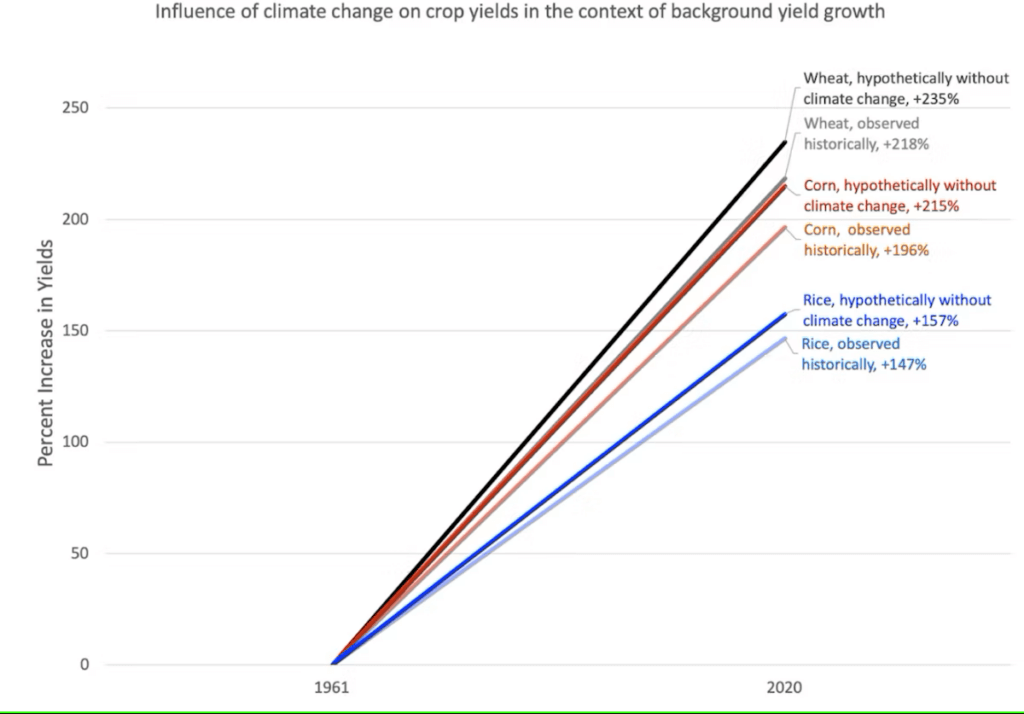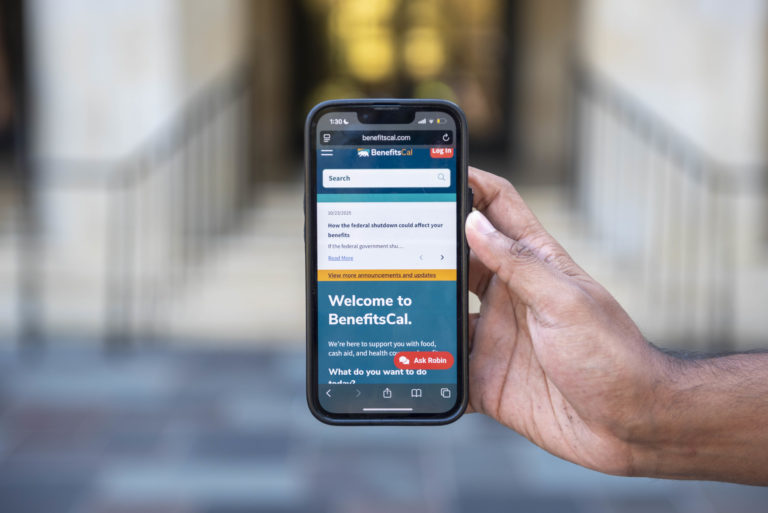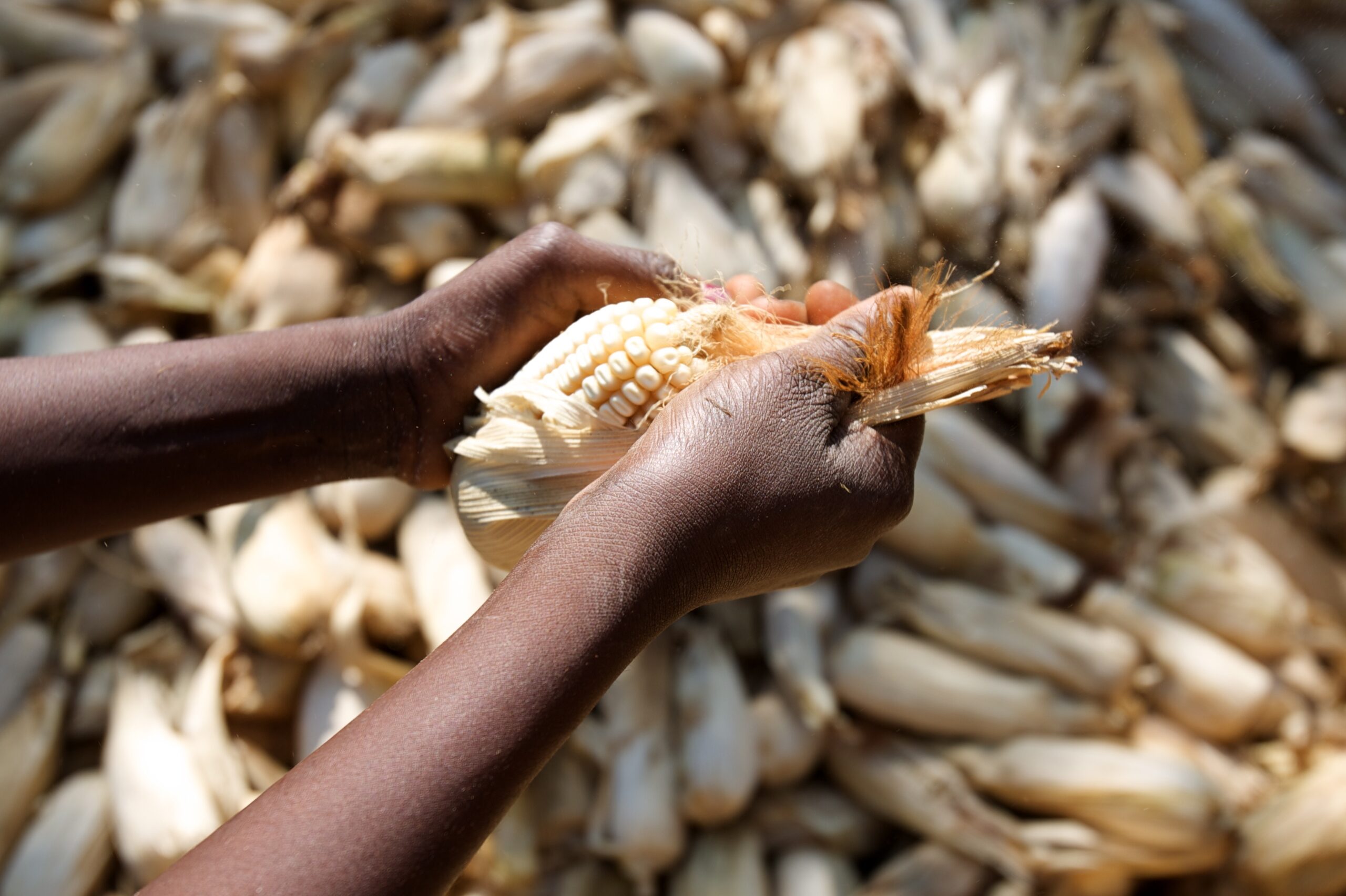Report on Saline Township Data Center Development and Sustainable Development Goal Implications
1.0 Executive Summary
A legal settlement between Saline Township and developer Related Digital has permitted the construction of a large-scale data center. The consent judgment, filed on October 15 in Washtenaw County Circuit Court, resolves a lawsuit initiated by the developer following the township’s initial denial of a rezoning request. The agreement incorporates significant financial and environmental provisions that align with several United Nations Sustainable Development Goals (SDGs), particularly those concerning sustainable communities, land and water preservation, and institutional governance.
2.0 Background of the Dispute
The conflict originated from Saline Township Board’s 4-1 vote on September 10 to deny the rezoning of 575 acres of agricultural land for the proposed 250-acre data center. The denial was based on conflicts with the township’s master plan and concerns over the capacity of local emergency services. In response, Related Digital filed a lawsuit alleging “exclusionary zoning,” arguing that the township’s lack of existing industrial areas unfairly prevented a legitimate land use. This legal challenge created a framework for a negotiated settlement to avoid potentially significant monetary damages against the township.
Analysis of Settlement Terms and SDG Alignment
3.0 Community and Infrastructure Development (SDG 9 & SDG 11)
The settlement addresses the development of resilient infrastructure and the creation of sustainable communities through targeted financial investments.
- Community Investment Fund: A $2 million fund will be established for community projects, such as playgrounds and the maintenance of public facilities, contributing to SDG 11 (Sustainable Cities and Communities).
- Emergency Services Funding: $8 million is allocated for area fire services, enhancing community safety and resilience, a key target of SDG 11.
- Tax Revenue: The project is projected to generate at least $1.6 million annually in tax revenue for the township and $8 million annually for local schools, supporting SDG 9 (Industry, Innovation, and Infrastructure) by financing public services.
4.0 Environmental Protections and Resource Management
A core component of the agreement focuses on mitigating the environmental impact of the data center, directly addressing goals related to water, energy, and land ecosystems.
- SDG 15: Life on Land: Approximately 200 acres of the site, comprising wetlands, open space, and agricultural land, will be preserved. This includes placing 47.5 acres of wetlands under a protected conservation easement.
- SDG 2: Zero Hunger: A $4 million trust fund for farmland preservation will be created. This initiative directly supports the goal of sustainable agriculture by protecting productive land from development.
- SDG 6: Clean Water and Sanitation: The agreement mandates specific water protection measures. The facility is prohibited from using water for cooling and must operate its own well and waste treatment systems, thereby minimizing its impact on municipal water resources.
- SDG 7: Affordable and Clean Energy: While water use is restricted, concerns have been raised regarding energy consumption. The prohibition of high-water-use evaporative cooling may necessitate the use of more energy-intensive cooling systems, highlighting a potential conflict with SDG 7 and state climate goals.
5.0 Governance and Conflict Resolution (SDG 16)
The resolution of the lawsuit via a consent judgment serves as a case study in local governance and institutional processes for managing development pressures.
- The settlement is viewed by municipal representatives as a pragmatic resolution that provides community protections that may have been lost in a court ruling, demonstrating an approach to SDG 16 (Peace, Justice, and Strong Institutions).
- The addition of an industrial site is intended to insulate the township from future charges of exclusionary zoning, thereby strengthening its institutional and planning framework.
- Operational constraints, such as a noise limit of 55 decibels and a commitment not to expand the facility, reflect negotiated governance aimed at balancing industrial development with community well-being.
SDGs Addressed in the Article
-
SDG 2: Zero Hunger
- The article discusses the use of agricultural land for the data center project and the subsequent agreement to preserve farmland, which is directly related to protecting food production capacity.
-
SDG 6: Clean Water and Sanitation
- Concerns about the data center’s impact on water resources are a central theme. The settlement includes specific protections for water, such as not using local water for cooling and implementing a self-contained waste treatment system.
-
SDG 7: Affordable and Clean Energy
- The article highlights the high energy consumption of data centers, mentioning they “can use as much energy as a city.” It also discusses the trade-off between water-efficient cooling systems and their higher energy requirements, linking the development to energy efficiency and overall energy demand.
-
SDG 9: Industry, Innovation, and Infrastructure
- The data center itself is a significant piece of industrial infrastructure. The conflict and settlement revolve around how to integrate this modern infrastructure into a community in a sustainable and responsible way.
-
SDG 11: Sustainable Cities and Communities
- The core of the article is a land-use conflict involving zoning laws, community planning (master plan), and local governance. The settlement’s provisions for a community investment fund, funding for fire services, and noise limits all contribute to making the community more sustainable and resilient.
-
SDG 15: Life on Land
- The project’s impact on the local ecosystem is a key issue. The settlement explicitly addresses this by preserving wetlands, open space, and agricultural land, including placing a portion of the wetlands under a conservation easement.
-
SDG 16: Peace, Justice, and Strong Institutions
- The article details a legal conflict (lawsuit) between a developer and a local government over zoning regulations. The resolution through a consent judgment (settlement) demonstrates a legal process for conflict resolution and the functioning of local governance institutions.
Specific SDG Targets Identified
-
Target 2.4: By 2030, ensure sustainable food production systems and implement resilient agricultural practices…
- The settlement’s allocation of “$4 million for a township farmland preservation trust fund” and the preservation of “200 acres of wetlands, open space, and agricultural land on the data center site” are direct actions to maintain productive and resilient agricultural land, aligning with this target.
-
Target 6.4: By 2030, substantially increase water-use efficiency across all sectors…
- The agreement stipulates that “Water at the site will not be used for cooling” and that the facility will forgo a “high-water-use evaporative cooling system.” This directly addresses the goal of increasing water-use efficiency in an industrial context.
-
Target 11.3: By 2030, enhance inclusive and sustainable urbanization and capacity for participatory, integrated and sustainable human settlement planning and management…
- The entire conflict, stemming from a denied rezoning request that was in “conflict with the township’s master plan” and the subsequent lawsuit over “exclusionary zoning,” highlights the challenges of sustainable settlement planning. The resulting settlement is an example of a negotiated outcome for managing land use.
-
Target 11.a: Support positive economic, social and environmental links between urban, peri-urban and rural areas…
- The settlement creates financial links to strengthen the rural community. It includes “$2 million for a community investment fund to pay for projects like playgrounds and the upkeep of township buildings,” “$8 million for area fire services,” and tax revenue that provides “$8 million… to area schools each year.”
-
Target 15.1: By 2020, ensure the conservation, restoration and sustainable use of terrestrial and inland freshwater ecosystems and their services…
- The article states that “47.5 acres of wetlands that will be protected with a conservation easement.” This is a direct measure for the conservation of an inland freshwater ecosystem.
-
Target 16.7: Ensure responsive, inclusive, participatory and representative decision-making at all levels.
- The article describes a decision-making process that began with the township board’s vote, was challenged through a lawsuit, and concluded with a consent judgment. This legal settlement represents a responsive, albeit contentious, decision-making process involving the community, its elected officials, and a private developer.
Indicators for Measuring Progress
-
Financial Investment in Community and Environmental Preservation
- The article provides specific monetary values that can be used as indicators:
- “$4 million for a township farmland preservation trust fund.”
- “$2 million for a community investment fund.”
- “$8 million for area fire services.”
- “$1.6 million annually” in tax revenue for the township.
- The article provides specific monetary values that can be used as indicators:
-
Area of Land Preserved
- Progress towards land conservation targets can be measured by the specific acreages mentioned:
- “Approximately 200 acres of wetlands, open space, and agricultural land on the data center site will be preserved.”
- “47.5 acres of wetlands that will be protected with a conservation easement.”
- Progress towards land conservation targets can be measured by the specific acreages mentioned:
-
Environmental Protection Commitments
- Specific operational constraints serve as indicators of environmental impact mitigation:
- The commitment that “Water at the site will not be used for cooling.”
- The implementation of a private “well and waste treatment system.”
- A mandated “noise limit of 55 decibels on the data center development.”
- Specific operational constraints serve as indicators of environmental impact mitigation:
SDGs, Targets, and Indicators Summary
| SDGs | Targets | Indicators |
|---|---|---|
| SDG 2: Zero Hunger | 2.4: Ensure sustainable food production systems and implement resilient agricultural practices. | – $4 million allocated to a farmland preservation trust fund. – 200 acres of agricultural land preserved. |
| SDG 6: Clean Water and Sanitation | 6.4: Substantially increase water-use efficiency across all sectors. | – Commitment not to use water for cooling. – Implementation of a self-contained well and waste treatment system. |
| SDG 7: Affordable and Clean Energy | (Implied) 7.3: Double the global rate of improvement in energy efficiency. | – Concern mentioned over the facility using more energy-intensive cooling systems as a trade-off for lower water use. |
| SDG 9: Industry, Innovation, and Infrastructure | 9.1: Develop quality, reliable, sustainable and resilient infrastructure. | – Construction of a large-scale data center under negotiated environmental and community protection terms. |
| SDG 11: Sustainable Cities and Communities | 11.3: Enhance inclusive and sustainable urbanization and settlement planning. 11.a: Support positive economic, social and environmental links between urban, peri-urban and rural areas. |
– Resolution of a zoning dispute through a consent judgment. – $2 million for a community investment fund. – $8 million for fire services. – Noise limit of 55 decibels. |
| SDG 15: Life on Land | 15.1: Ensure the conservation, restoration and sustainable use of terrestrial and inland freshwater ecosystems. | – 200 acres of wetlands and open space preserved. – 47.5 acres of wetlands protected with a conservation easement. |
| SDG 16: Peace, Justice and Strong Institutions | 16.7: Ensure responsive, inclusive, participatory and representative decision-making. | – Use of a lawsuit and subsequent consent judgment to resolve a conflict between a developer and a local government. |
Source: planetdetroit.org







